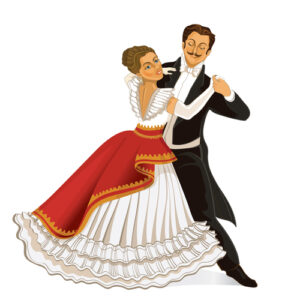 For an insightful look backwards, I recommend Stefan Zweig’s memoir, The World of Yesterday. Zweig (1881-1942) was a contemporary of Rudolf Laban (1879-1958). Both were born and educated in the Austro-Hungarian Empire and both became artists – Zweig as a popular writer in the 1920s and 1930s; Laban as a leading dancer during the same period.
For an insightful look backwards, I recommend Stefan Zweig’s memoir, The World of Yesterday. Zweig (1881-1942) was a contemporary of Rudolf Laban (1879-1958). Both were born and educated in the Austro-Hungarian Empire and both became artists – Zweig as a popular writer in the 1920s and 1930s; Laban as a leading dancer during the same period.
In his final book, written in 1942, Zweig provides a first-person description of peaceful European culture before the first world war and the subsequent violent disruptions of the war, the rise of fascism, and the beginning of the second world war.
He writes: “Never has any generation experienced such a moral retrogression from such a spiritual height as our generation has. In the short interval between the time when my beard began to sprout and now, when it is beginning to turn gray, in this half-century more radical changes and transformations have taken place than in ten generations of mankind.”
The World of Yesterday provides a way to experience the ups and downs of Laban’s generation through the eyes of a sensitive observer.
